Improving team productivity is not something that happens overnight. It requires a well-thought-out approach and a willingness to invest both time and resources. At 4 Leaf Performance, we believe that there are three key strategies that every team should adopt to maximize their productivity. Let’s delve into these in detail:

1. Equip Your Team with the Right Technology and Training
Investing in a robust suite of productivity tools is the first step in creating a high-performing team. Whether it’s a top-notch Customer Relationship Management (CRM) system, a seamless Project Management (PM) platform, or useful automation tools, technology can significantly improve team efficiency.
However, simply acquiring the technology isn’t enough. You must also create a comprehensive training program to help your team adapt to these tools. From in-house tutorials to external consultants or even full-service software adoption agencies, the choices are myriad. The key is to ensure that the training is continuous and adaptable, seamlessly integrating into your existing onboarding processes. Any tool that your team isn’t trained to use is a missed opportunity for productivity gains.
2. Invest in Understanding Your Team’s Dynamics
Improving productivity isn’t just about work processes; it’s also deeply rooted in team culture. One of the most effective ways to invest in your team’s productivity is to understand how your team members are wired psychologically. At 4 Leaf Performance, we recommend the WHY.os personality assessment tool, although there are several others like DiSC and Myers-Briggs that you can consider.
By gaining insights into your team’s unique working styles and strengths, you can assign roles more intelligently and facilitate better collaboration. It’s not merely about what your team does, but also understanding why they do it that way, which can be a game-changer for productivity.
3. Implement and Communicate a Clear Organizational Structure
While flat organizational structures may be the current trend, they can sometimes create confusion, which is detrimental to productivity. To avoid this, create a well-defined organizational chart that delineates the flow of goals, directives, and deliverables. This should be communicated clearly to all team members, irrespective of team size. Knowing exactly what is expected and who to turn to for guidance can eliminate bottlenecks and enhance efficiency.
Moreover, before hiring any new members, it’s crucial to determine their role and how they will fit into the existing organizational structure. Clarity, after all, scales and contributes to the overall productivity of the team.

The Bottom Line
Efficient and productive teams don’t just happen; they’re built with intention and effort. Once you know what your goals are and have the right people and tools in place, you’re well on your way to fostering a culture of high productivity. By focusing on technology and training, understanding team dynamics, and maintaining organizational clarity, you can set your team up for unparalleled success.
Like our content? Read our previous blog on 3 Essential Tips to Optimize Your Business Systems



